Report this entry
More from the same community-collection
Annual Sun Bowl Parade - State National Bank - 1969
The Sun Bowl was chartered in 1934 making it the second oldest ...
El Paso County Medical Society Exhibit
The El Paso County Medical Society (EPCMS) was established in ...
El Paso County Medical Society Exhibit
Early examine chair with stirrups. The El Paso County Medical ...
El Paso County Medical Society Exhibit
A cabinet with actual medicine bottles and an examination chair ...
El Paso County Medical Society Exhibit
The El Paso County Medical Society (EPCMS) was established in ...
Esther Pickett in New Year's Costume
The image shows Esther Pickett in her New Year's costume. The ...

















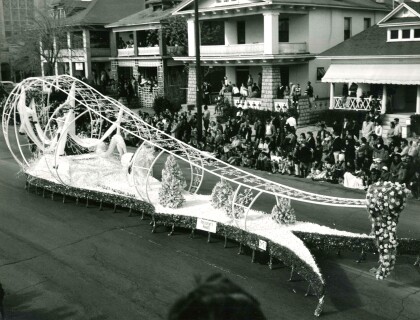
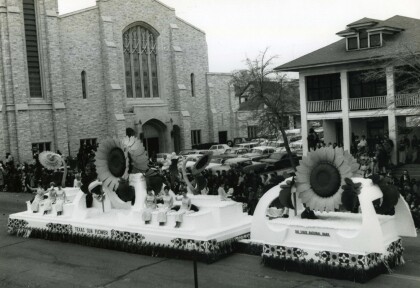
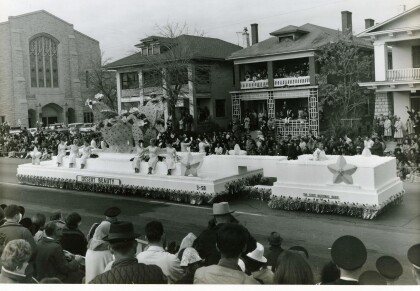
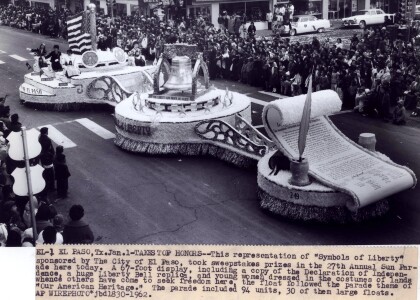
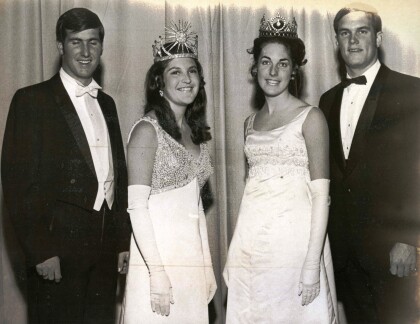
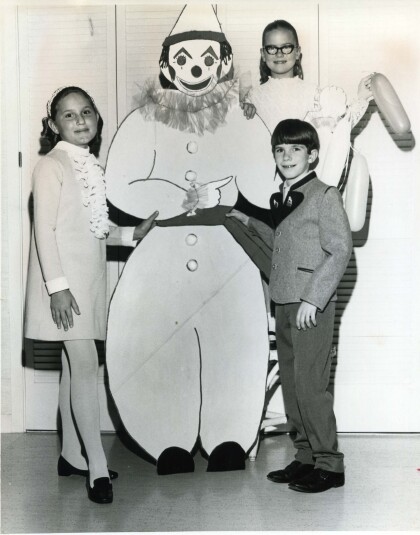
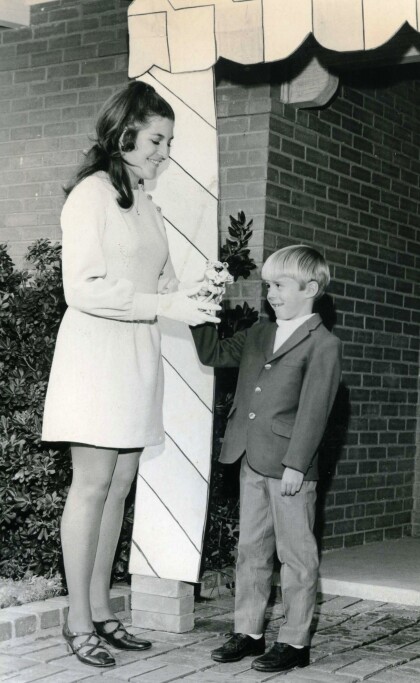
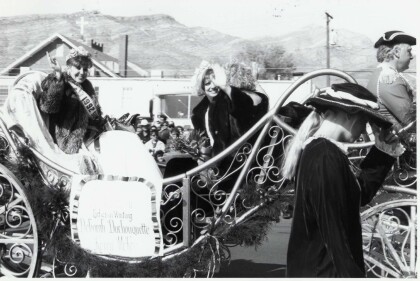
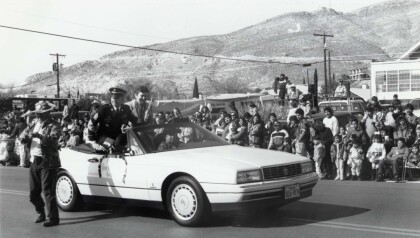
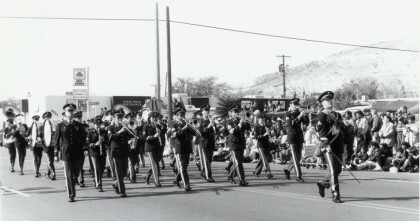
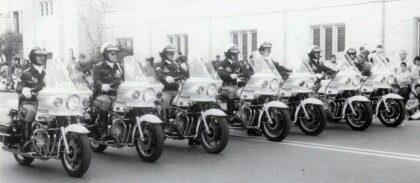
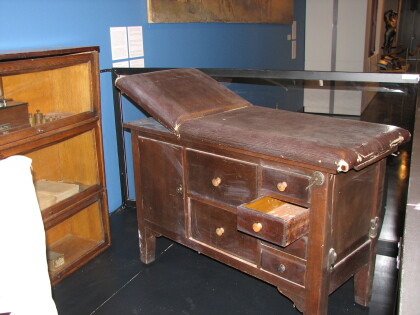
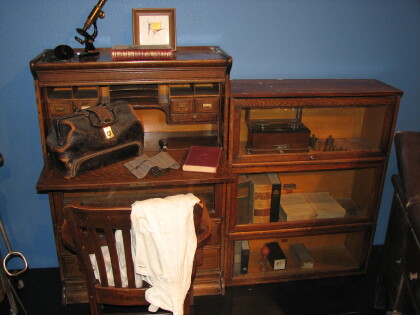
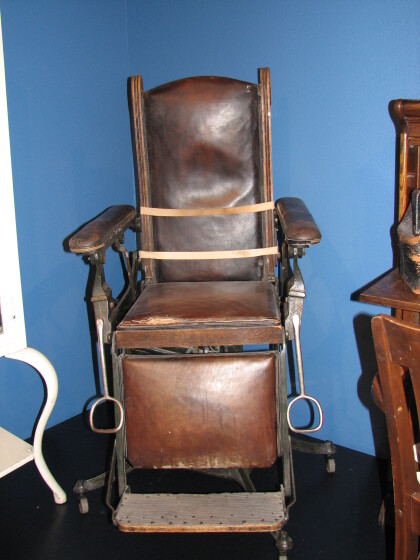
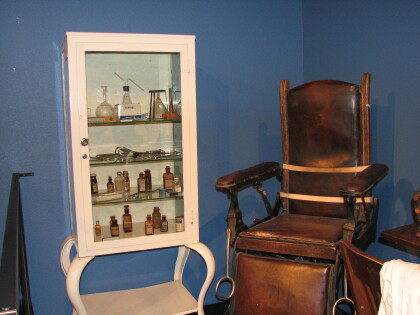
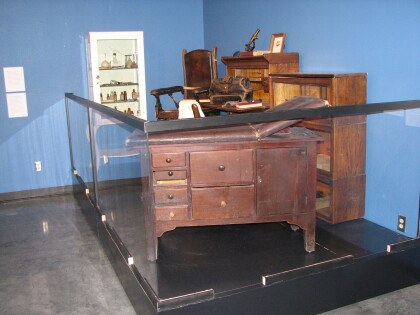
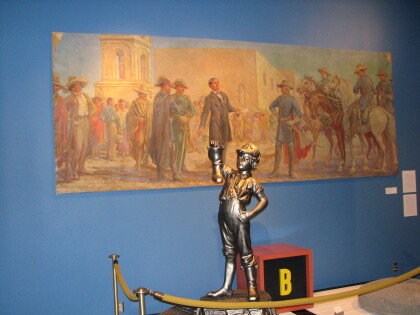
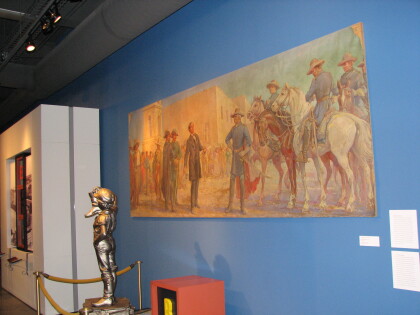
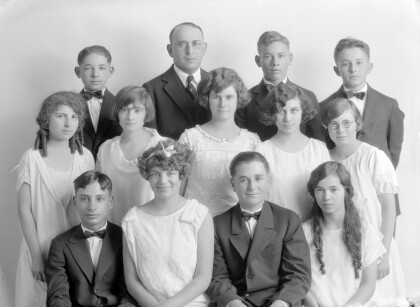
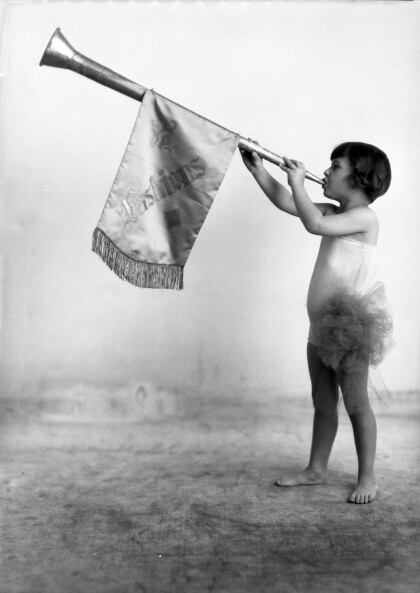

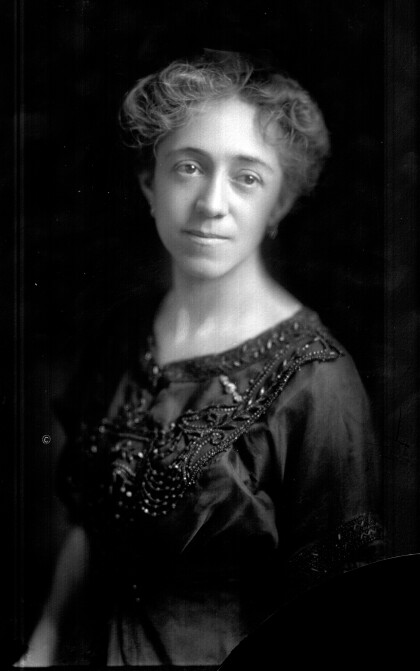
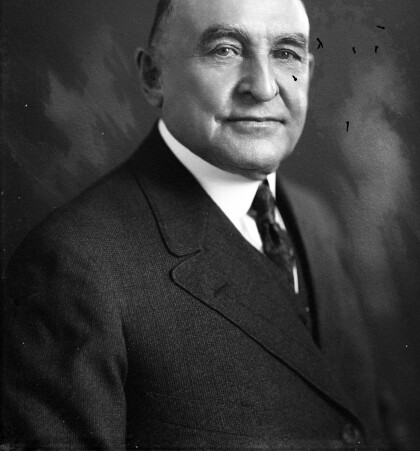
Comments
Add a comment